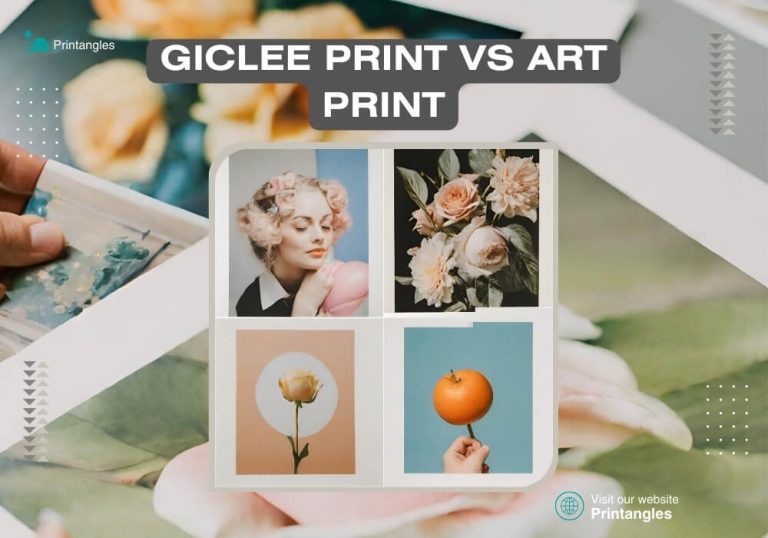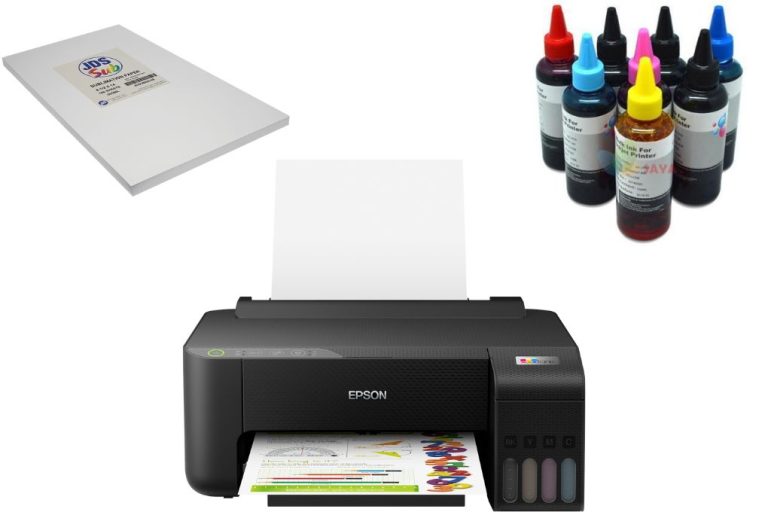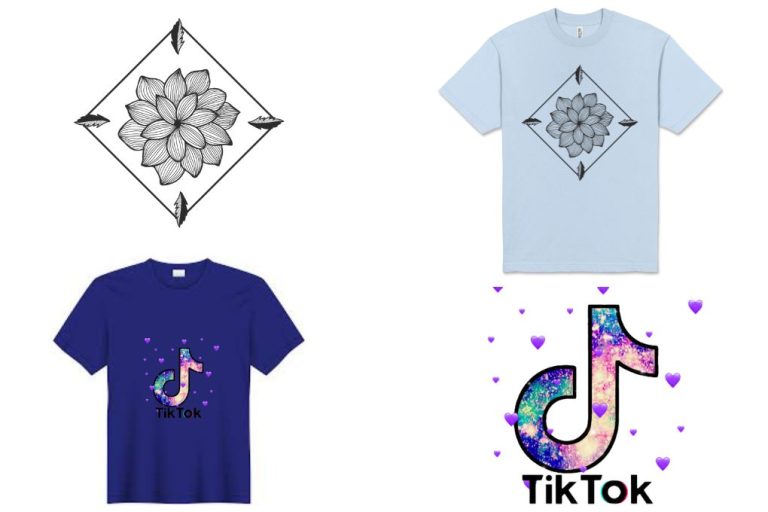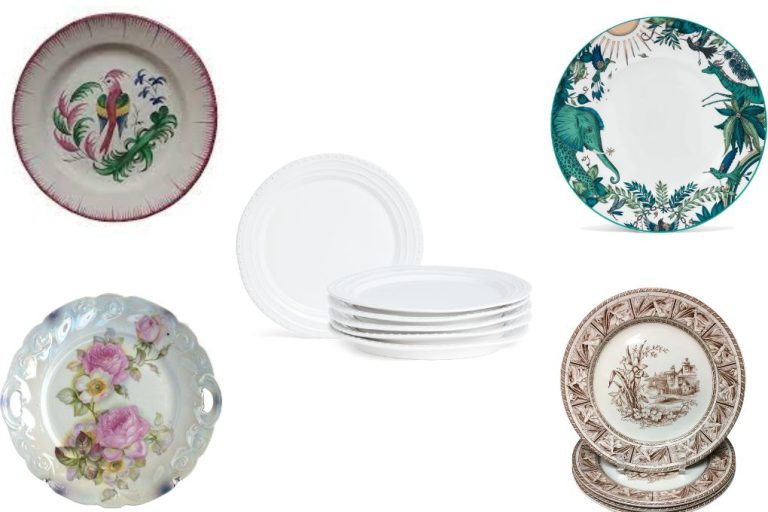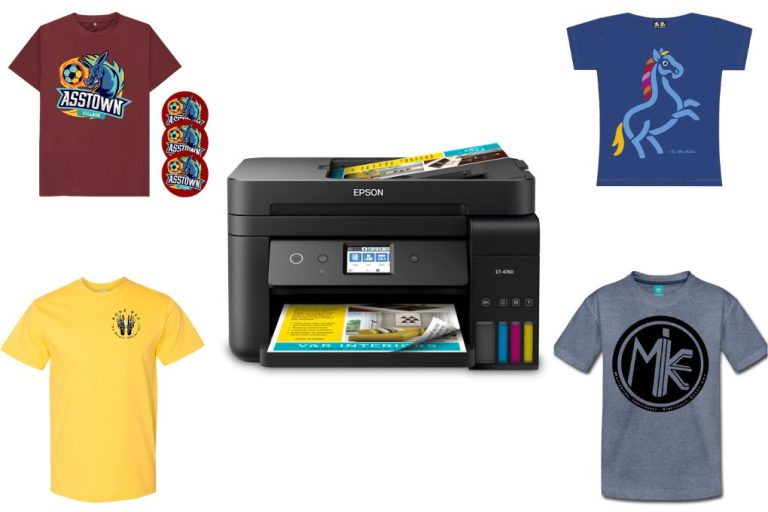What is Pigment Ink (Pigment ink vs Dye ink)
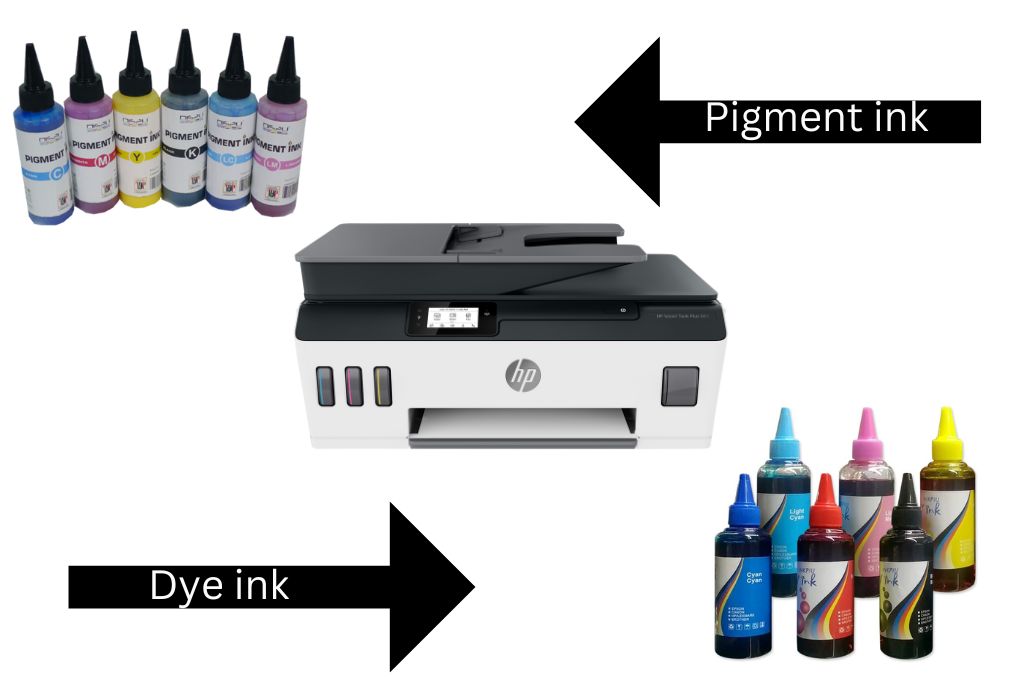
Typically when establishing a new card producing and stamping business, it’s natural to question the distinction between pigment based inks and dye based inks. For instance, some of your queries may include: What is a pigment ink, and which ink works best for designing cards? What makes pigment ink and dye ink distinct from one another?
Now let’s start with the difference between pigment vs dye ink, how each type of ink differs, followed by their advantages and disadvantages.
Table of Contents
Pigment vs Dye Ink
| Details | Pigment Based Ink | Dye Based Ink |
|---|---|---|
| Features | ||
| Pros | ||
Cons |
Color Stability
Apparently, the fibers of the paper soak the dyes. In contrast, pigment particles adhere to the fiber and rest on the paper’s surface. To imply, pigment-based particles coat a substrate with a thicker coating than dye-based particles. Because of this, prints made using pigment-based inks can withstand a variety of outside factors, including UV (Ultra Violet) radiation and gases.
Pigment based ink prints are fading-resistant and often endure longer. In short, pigment based prints last significantly longer than dye based prints in terms of color retention.
Recommended: Best Quality Sublimation Paper, sublimation layering, sublimation paper use, Dye sublimation on cotton
Choosing Functionality and Good Exterior
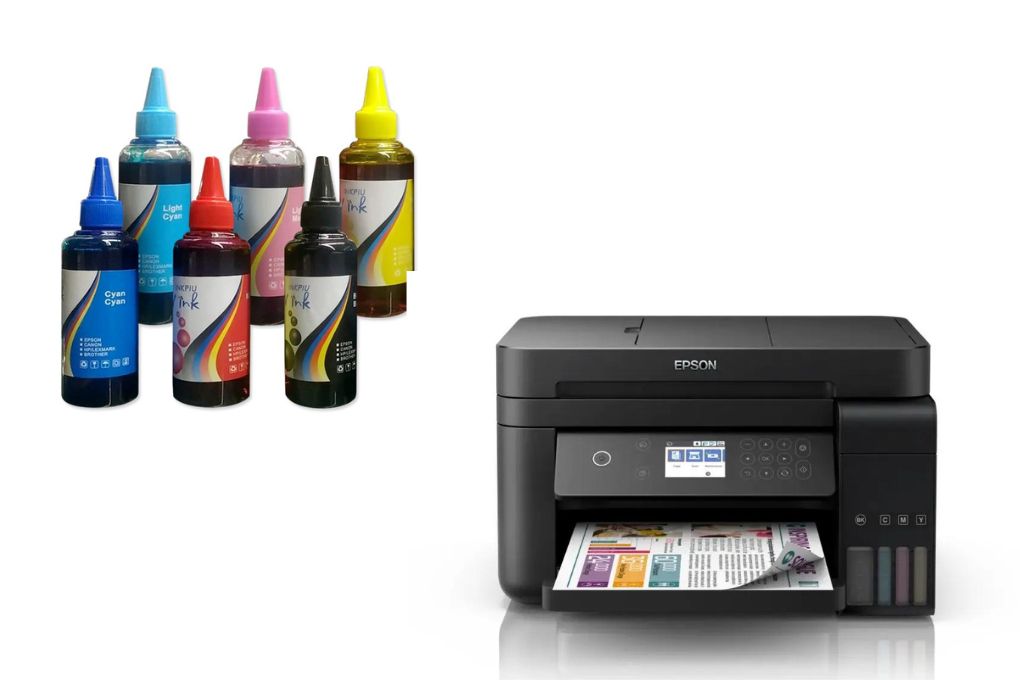
Dye based inks are a suitable option if long term fade resilience is not essential and your main requirements are for vibrant color and excellent appearances. When employing the same amount of colors, dye inks often perform better than pigment inks in terms of color gamut.
Dye inks won’t provide the same level of fade protection and, in certain situations, can dissolve rather quickly. Projects like brochures, visual arts demonstrations, greeting cards, and promotional materials are great owing to this potential.
Interaction with Water
When it comes to how they react with water, pigments win over dyes in the “pigment vs dye” battle. When dyes on paper come into touch with water, they often begin to flow. However, pigments are more resilient. If you don’t use a specific type of paper (coated label paper), the colors on a print generated using dye-based inks may leak. Until the labels are brushed against anything, these prints remain water-resistant.
Recommended: Sublimation Photo Gifts on Every Occasion, sublimation types, are sublimated tumblers dishwasher safe?
Which Lasts Longer? Pigment or Dye
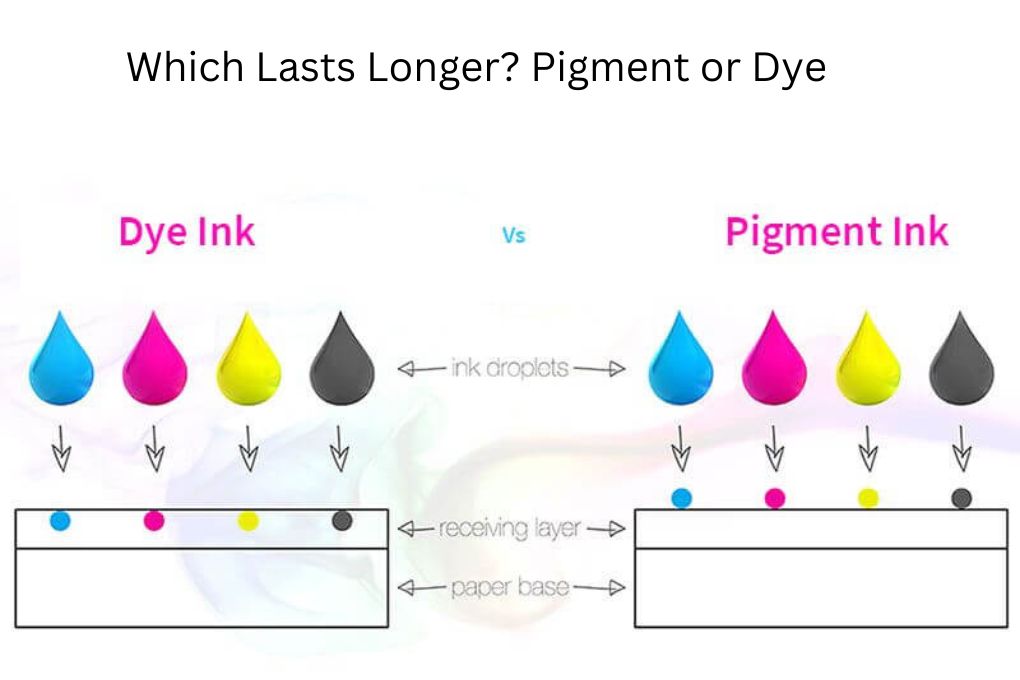
Ideally, how long would you expect your prints to maintain their color? Is it ten, twenty, or seventy years? Or to put it another way, do you require the prints to withstand fading like a lab print of a high caliber? If the second alternative is affirmative and the timeline is more than 25 years, then pigment inks are recommended.
Prints can withstand fading for the longest period possible thanks to the chemistry underlying colors. If you use pigment inks, and premium inkjet paper, and keep prints away from direct sunlight, it is unlikely that you will see noticeable fading before the age of 50.
Benefits of Using Pigment Ink vs Dye Ink – Quick Overview
What is the Advantage of Dye Ink?
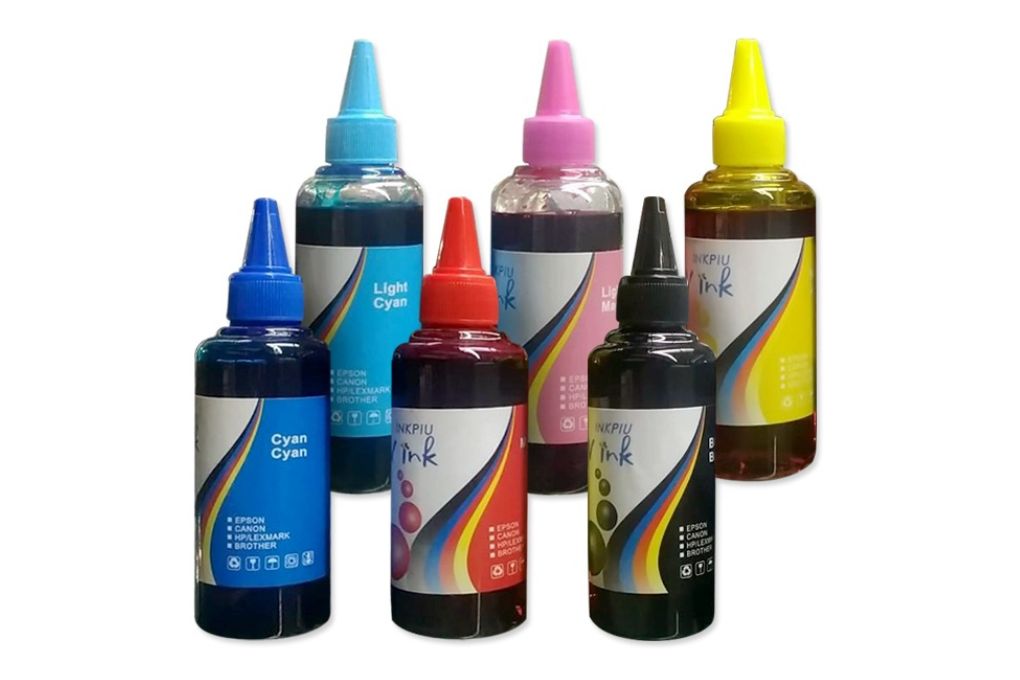
Compared to pigment ink, dye inks may produce softer colors that appear more bright and more spectacular. Unless they are printed on a specific coated label material, they may fall off upon coming into touch with water. As provided that the label does not touch against something unsettling, and the print is water-resistant. In terms of quality, dye ink often prevails.
What are the Advantages of Pigment Ink?
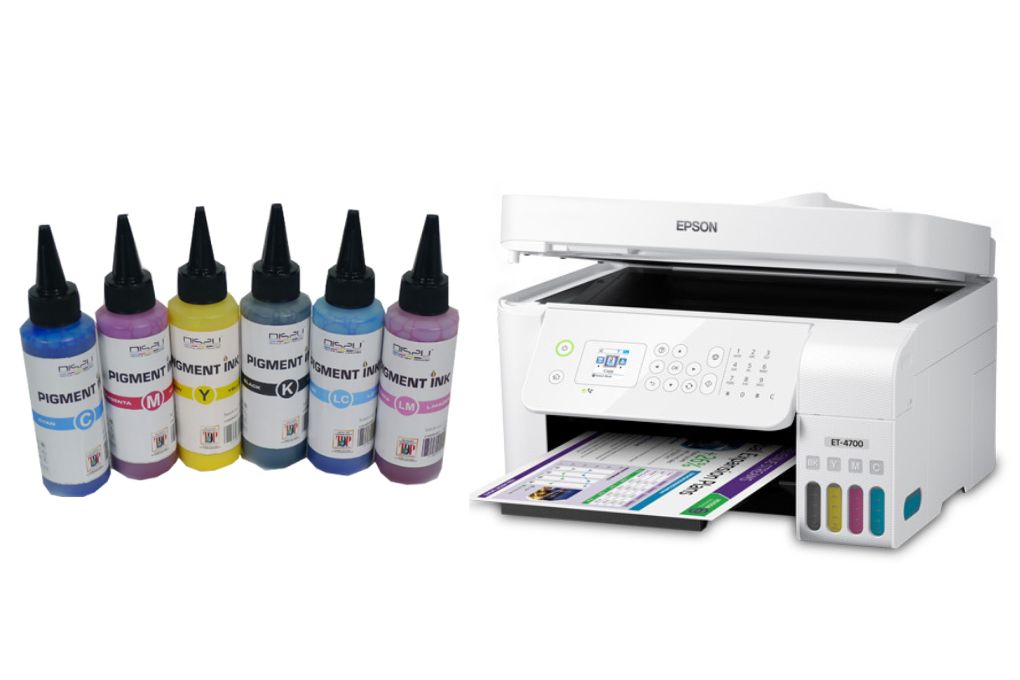
Pigment inks offer several advantages when used in water-based inks. These inks utilize tiny particles of color, known as pigments, suspended in a liquid medium. Here are some advantages of pigment ink:
Archival properties
Pigment inks, especially when used in water-based formulations, often exhibit excellent archival properties. The pigments used in these inks are resistant to fading, making them ideal for applications where longevity and color stability are important.
Solid matter
Pigment inks contain a higher concentration of solid matter compared to dye-based inks. This means that the pigments remain on the surface of the substrate, resulting in vibrant and opaque prints. The solid particles also contribute to the durability and resistance of the ink.
Outdoor applications
Pigment inks, due to their solid particles and archival properties, are well-suited for outdoor applications. They can withstand exposure to UV light, moisture, and environmental elements, ensuring that the prints maintain their color and integrity over time.
Low cost
Pigment inks, especially in water-based formulations, are generally more cost-effective compared to other ink types. The pigments used in these inks tend to be less expensive than certain dye-based alternatives, making them a more affordable option, particularly for large-scale printing projects.
What is Pigment Ink Used For?
The best ink for “professional” standards is pigment ink. It is usually more enduring and timeless and often has higher scratch resistance and is more resilient to UV light’s harmful effects. Due to their capacity to produce a larger spectrum of monochrome colors, pigment inks are frequently preferred by photographers who create black and white prints.
It’s possible that pigment ink won’t hold up as well outside, although this is arguable. An outdoor print will last longer if it is laminated. Pigment ink is a preferable choice if you want to show prints that are of the best quality and most long-lasting in an indoor setting.
You May Also Like: Best T Shirt Printer, Using heat press machine, Making sublimation mug wrap
Difference Between Pigment and Dye Ink Pads
The use of colored ink pads in papercraft is nothing recent. This vivid, opaque, water-proof ink is perfect for using heat embossed techniques. Since it rests on the paper’s surface and does not sink into it, it is the ideal ink for thermal embossed methods. Additionally, drying takes more time. When contrasted with a dye ink pad, such inks are much more foamy and porous. It is additionally fade-resistant, smoother, and thicker.
Which is Better: Dye vs Pigment Ink?
There is no definite response to this subject. Your demands, choices, and limitations will all be taken into consideration. As technology has developed over time, both have fewer drawbacks.
Compared to their counterparts using pigment ink, dye based printers are typically less costly and more accessible. Pigment ink is a better option if you want prints with the highest possible quality and long-term durability and don’t mind spending more on hardware and ink.
Frequently Asked Questions
Dye vs Pigment Ink Roundup
Knowing which ink works best in each situation should help you make a more informed decision about which ink will produce the best results. If you frequently print images and papers with a lot of colors, pigment ink will provide you with a wider range of colors. On the other hand, printing using dye based ink is appropriate for papers that need to survive longer.
But keep in mind that ink technology has advanced greatly over time, and you’ll probably discover that your printer employs both pigment and dye based inks. Just remember to be mindful of factors like sun exposure and the potential for blurring.
You May Also Like: Best Sublimation Printers for Heat Transfer can I use any printer for sublimation? are sublimation mugs microwave safe? sublimation on wood can you overheat HTV?

I’m Derrick Flora and I am the owner of Printangles.com. I am the father of 2 angles and 1 boy and I am 37 years old. I had done Bachelor in Fashion and Textile Studies from FIT State University of New York.
It’s been 7 years since when started the sublimation business. I sublimated mugs, t-shirts, canvas, and many more. And we have analyzed some things that beginners don’t apply the actual strategies to complete the project. And those strategies are making your sublimation better onto the material. What do beginners do, they just buy the sublimation printer and the heat press without knowing about them.

